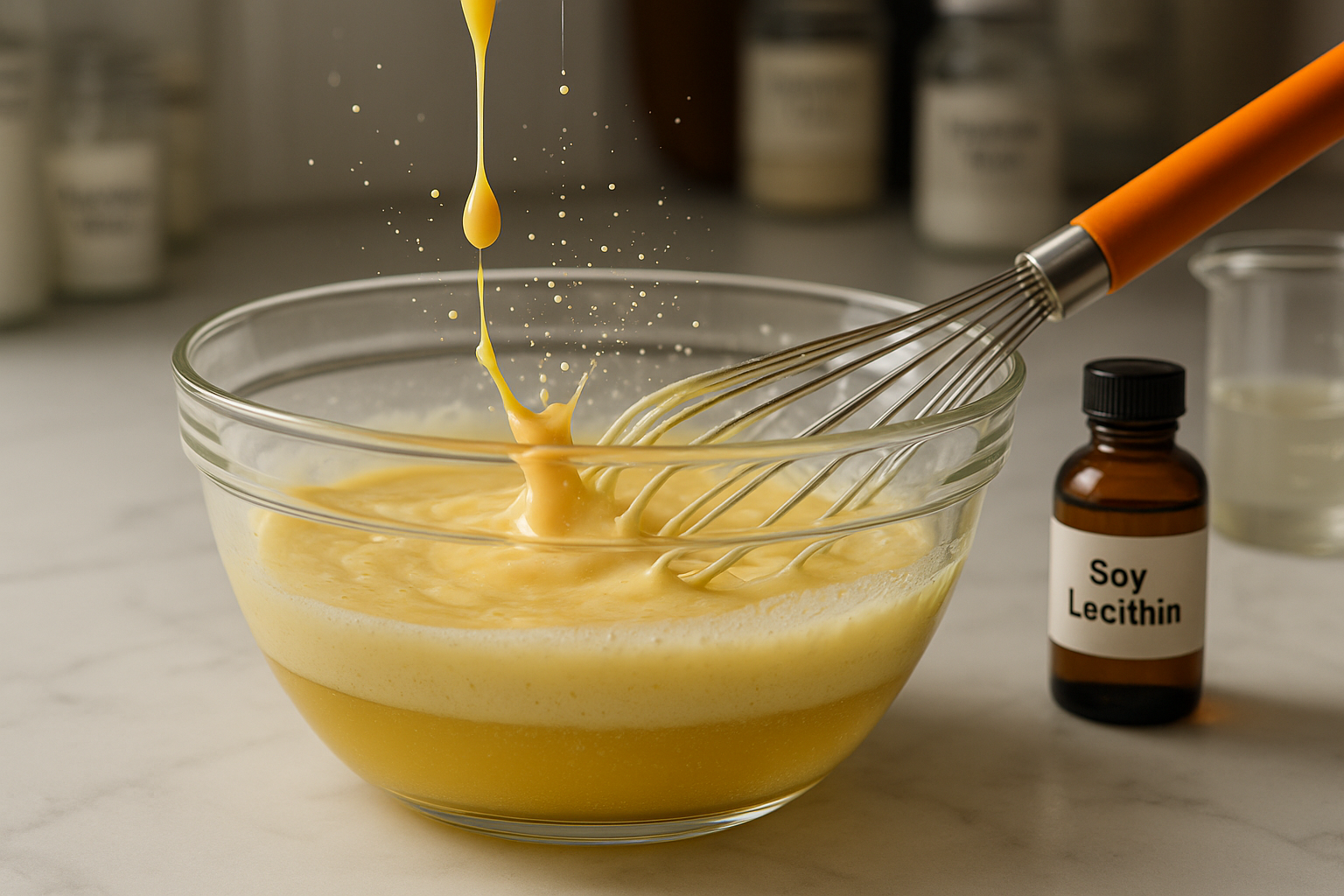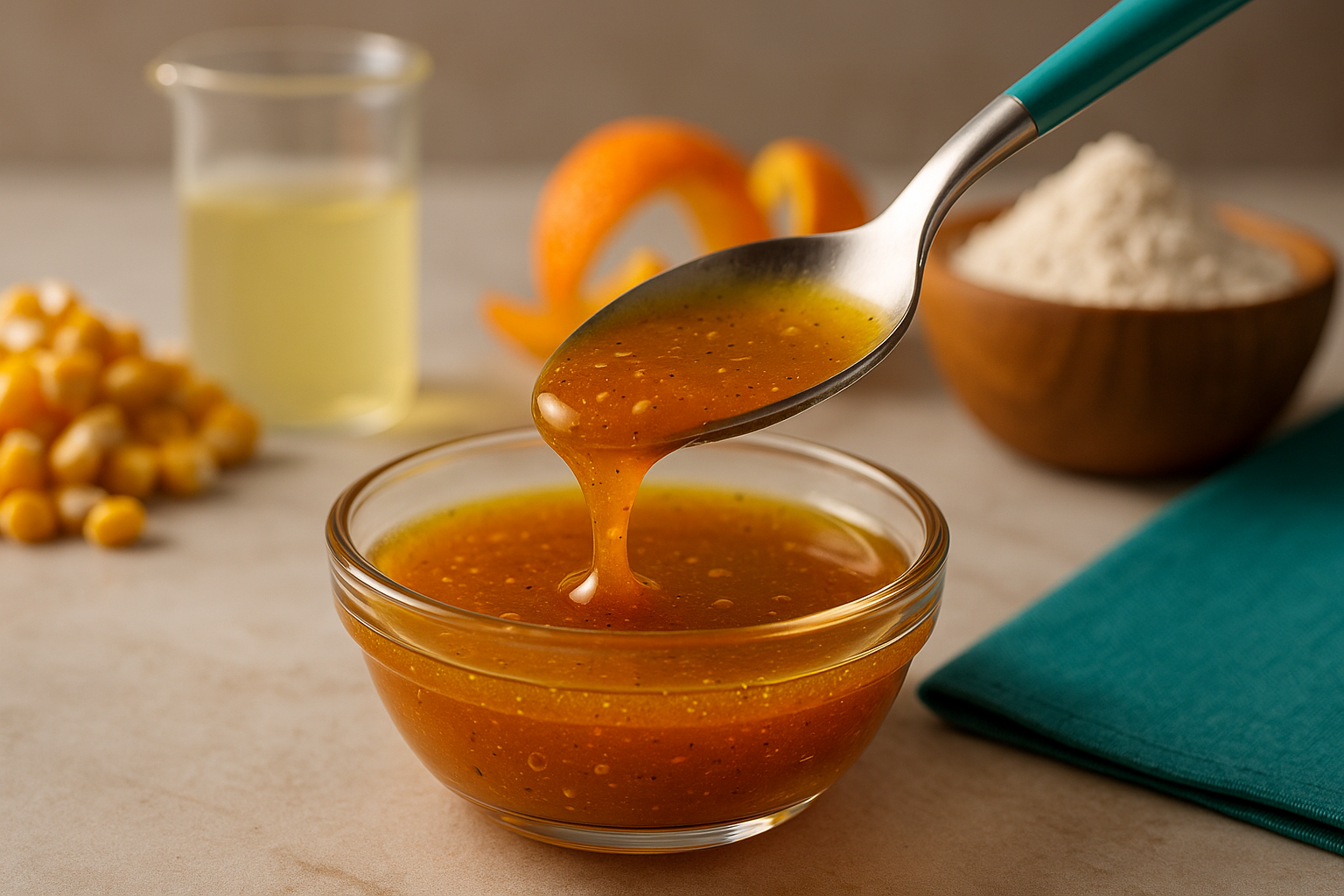
Sustainable Hydrocolloids: Eco-Friendly Ingredients Shaping the Future of Food
SUBSCRIBE TO OUR BLOG
Promotions, new products, and recipes.
In today’s food industry, sustainability is more than a buzzword—it’s a driving force reshaping how we produce, process, and consume food. Hydrocolloids, the versatile food ingredients that enhance texture, stability, and shelf life, are at the forefront of this transformation. From plant-based gels to seaweed-derived thickeners, sustainable hydrocolloids are paving the way for eco-friendly food production. In this article, we explore how these ingredients are sourced, their environmental impact, and why they’re key to a greener culinary future.
What Are Hydrocolloids?
Hydrocolloids are natural or synthetic substances that form gels or thicken solutions when mixed with water. Common examples include:
- Agar Agar: Derived from red seaweed, used in vegan desserts and gels.
- Sodium Alginate: Sourced from brown seaweed, key in spherification and food encapsulation.
- Guar Gum: Extracted from guar beans, a thickener for sauces and ice cream.
- Pectin: Obtained from citrus fruits, essential for jams and jellies.
- Locust Bean Gum: From carob seeds, enhances creaminess in dairy and plant-based products.
These ingredients are celebrated for their ability to improve food texture and stability, but their production and sourcing methods are now under scrutiny for sustainability.
The Sustainability Challenge in Hydrocolloid Production
Hydrocolloid production, particularly for plant- and seaweed-based options, involves agricultural or marine harvesting practices that can impact the environment. Key challenges include:
- Resource Intensity: Growing crops like guar beans or harvesting seaweed can require significant water, land, or energy.
- Environmental Degradation: Unsustainable seaweed farming can harm marine ecosystems, while land-based crops may contribute to deforestation or soil depletion.
- Carbon Footprint: Processing and transporting hydrocolloids globally adds to greenhouse gas emissions.
However, innovative practices are addressing these challenges, making hydrocolloids a cornerstone of sustainable food systems.
Eco-Friendly Innovations in Hydrocolloid Sourcing
The food industry is embracing sustainable practices to minimize the environmental impact of hydrocolloid production. Here are some key advancements:
1. Sustainable Seaweed Farming
Seaweed-based hydrocolloids like agar agar, carrageenan, and sodium alginate are increasingly sourced from regenerative ocean farming. For example:
- Integrated Multi-Trophic Aquaculture (IMTA): Combines seaweed cultivation with fish or shellfish farming to reduce waste and enhance ecosystem health.
- Carbon Sequestration: Seaweed farms absorb CO2, helping mitigate climate change.
2. Plant-Based Hydrocolloids and Agroforestry
Hydrocolloids like guar gum and locust bean gum are derived from crops that can be grown sustainably:
- Agroforestry: Growing guar or carob trees alongside other crops improves soil health and reduces pesticide use.
- Water-Efficient Crops: Guar beans thrive in arid regions, requiring less irrigation than other crops.
3. Biotechnology and Waste Upcycling
Innovative technologies are reducing waste in hydrocolloid production:
- Microbial Fermentation: Producing xanthan gum through bacterial fermentation minimizes land use compared to crop-based hydrocolloids.
- Upcycling Byproducts: Citrus peels from juice production are repurposed to extract pectin, reducing food waste.
4. Clean-Label Certifications
Consumers demand transparency, driving the use of hydrocolloids that meet clean-label standards. Certifications like USDA Organic or Non-GMO Project Verified ensure sustainable and ethical sourcing.
Benefits of Sustainable Hydrocolloids
Sustainable hydrocolloids offer multiple benefits for the environment, consumers, and the food industry:
- Reduced Environmental Impact: Eco-friendly sourcing lowers water usage, carbon emissions, and ecosystem disruption.
- Enhanced Food Security: Sustainable crops like guar and seaweed support resilient agricultural systems in climate-vulnerable regions.
- Clean-Label Appeal: Natural, sustainably sourced hydrocolloids align with consumer preferences for transparent, eco-conscious products.
- Versatility in Plant-Based Foods: Hydrocolloids enable the creation of vegan and gluten-free products, meeting growing dietary demands.
Comparison Table: Sustainable vs. Conventional Hydrocolloid Production
| Aspect | Sustainable Hydrocolloids | Conventional Hydrocolloids |
|---|---|---|
| Sourcing | Regenerative seaweed farming, agroforestry, upcycling | Industrial agriculture, non-regenerative seaweed harvest |
| Water Usage | Low (e.g., guar in arid regions, seaweed in oceans) | High (intensive irrigation for crops) |
| Carbon Footprint | Reduced via carbon-sequestering seaweed or local sourcing | Higher due to global transport and processing |
| Ecosystem Impact | Supports biodiversity (e.g., IMTA, agroforestry) | May cause deforestation or marine habitat loss |
| Certifications | Organic, Non-GMO, Fair Trade | Often lacks eco-certifications |
| Consumer Perception | Clean-label, eco-friendly, transparent | May raise concerns about sustainability or additives |
How Sustainable Hydrocolloids Shape the Future
The shift toward sustainable hydrocolloids is transforming the food industry:
- Plant-Based Revolution: Hydrocolloids like sodium alginate and carrageenan are critical for creating creamy plant-based milks and meat alternatives, reducing reliance on animal products.
- Reduced Food Waste: Hydrocolloids extend shelf life (e.g., edible coatings from alginate), addressing global food waste challenges.
- Innovative Applications: From biodegradable packaging to lab-grown meat texturization, hydrocolloids are enabling futuristic food solutions.
Practical Tips for Using Sustainable Hydrocolloids
For home cooks and food producers looking to embrace sustainable hydrocolloids:
- Choose Certified Products: Opt for organic or Non-GMO hydrocolloids like Cape Crystal Brands’ Agar Agar or Cape Crystal Brands’ Pectin.
- Experiment with Recipes: Try vegan gummies with pectin or spherified fruit juices with sodium alginate for eco-friendly culinary creations.
- Support Ethical Brands: Purchase from companies prioritizing sustainable sourcing, like those using regenerative seaweed farming.
Conclusion
Sustainable hydrocolloids are more than just food additives—they’re a pathway to a greener, more innovative food industry. By embracing eco-friendly sourcing and production methods, these ingredients reduce environmental impact while enhancing the quality and diversity of our food. Whether you’re a home cook or a food industry professional, incorporating sustainable hydrocolloids can elevate your creations and contribute to a healthier planet.
FAQs About Sustainable Hydrocolloids
-
What are sustainable hydrocolloids?
Sustainable hydrocolloids are food additives like agar agar, pectin, or guar gum sourced using eco-friendly methods, such as regenerative farming or waste upcycling, to minimize environmental impact. -
Why are hydrocolloids important for sustainability?
They support sustainable food systems by reducing waste, enabling plant-based products, and using resources efficiently through practices like seaweed farming. -
Are all hydrocolloids eco-friendly?
Not all. Conventional production may harm ecosystems, but sustainable options prioritize organic, regenerative, or low-impact methods. -
How do seaweed-based hydrocolloids help the environment?
Seaweed farming sequesters carbon, improves marine ecosystems, and requires no freshwater or land, making it highly sustainable. -
Can sustainable hydrocolloids be used in vegan recipes?
Yes, hydrocolloids like agar agar and pectin are plant-based and ideal for vegan gels, desserts, and dairy alternatives. -
What certifications should I look for in sustainable hydrocolloids?
Look for USDA Organic, Non-GMO Project Verified, or Fair Trade certifications to ensure ethical and eco-friendly sourcing. -
How do hydrocolloids reduce food waste?
They extend shelf life through stabilization and edible coatings, preventing spoilage in products like fruits and dairy. -
Are sustainable hydrocolloids more expensive?
They can be slightly pricier due to ethical sourcing, but economies of scale and consumer demand are reducing costs. -
Can home cooks use sustainable hydrocolloids?
Absolutely! Products like Cape Crystal Brands’ Pectin are user-friendly for jams, gummies, and more. -
What’s the future of sustainable hydrocolloids?
Expect innovations like biodegradable packaging, lab-grown meat texturization, and broader use in clean-label and plant-based foods.
Further Reading
- Harvard T.H. Chan School of Public Health: Sustainable Food Systems – Insights into sustainable food production and its impact on health.
- Journal of Applied Phycology: Seaweed Farming for Carbon Sequestration – Research on how seaweed farming supports environmental sustainability.
- Cornell University: Food Science and Sustainability – Educational resources on sustainable food technologies, including hydrocolloids.
```

|
About the Author Ed is the founder of Cape Crystal Brands, editor of the Beginner’s Guide to Hydrocolloids, and a passionate advocate for making food science accessible to all. Discover premium ingredients, expert resources, and free formulation tools at capecrystalbrands.com/tools. — Ed |
Enjoyed this post? Subscribe to The Crystal Scoop
Food-science tips, ingredient know-how, and recipes. No spam—unsubscribe anytime.
- Choosing a selection results in a full page refresh.



